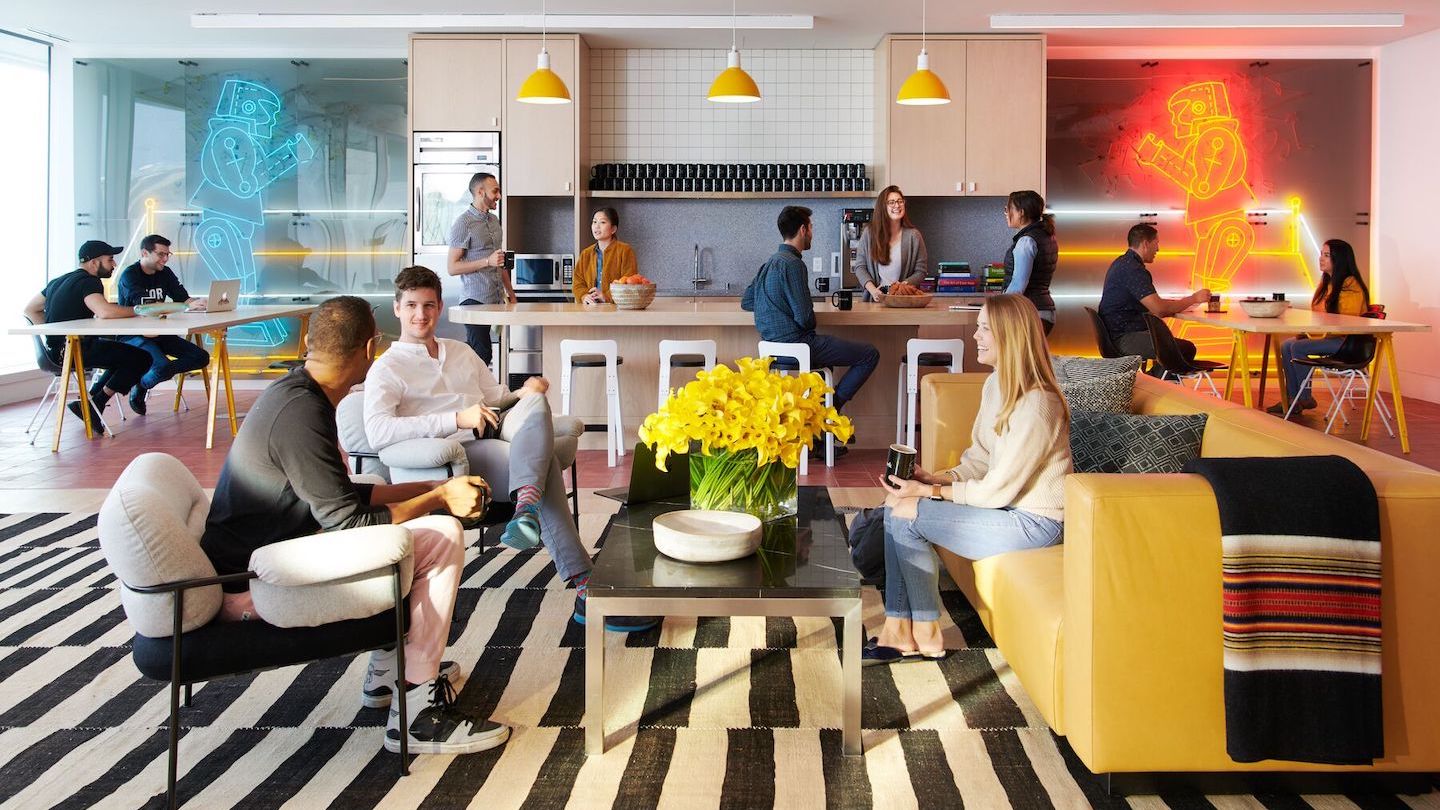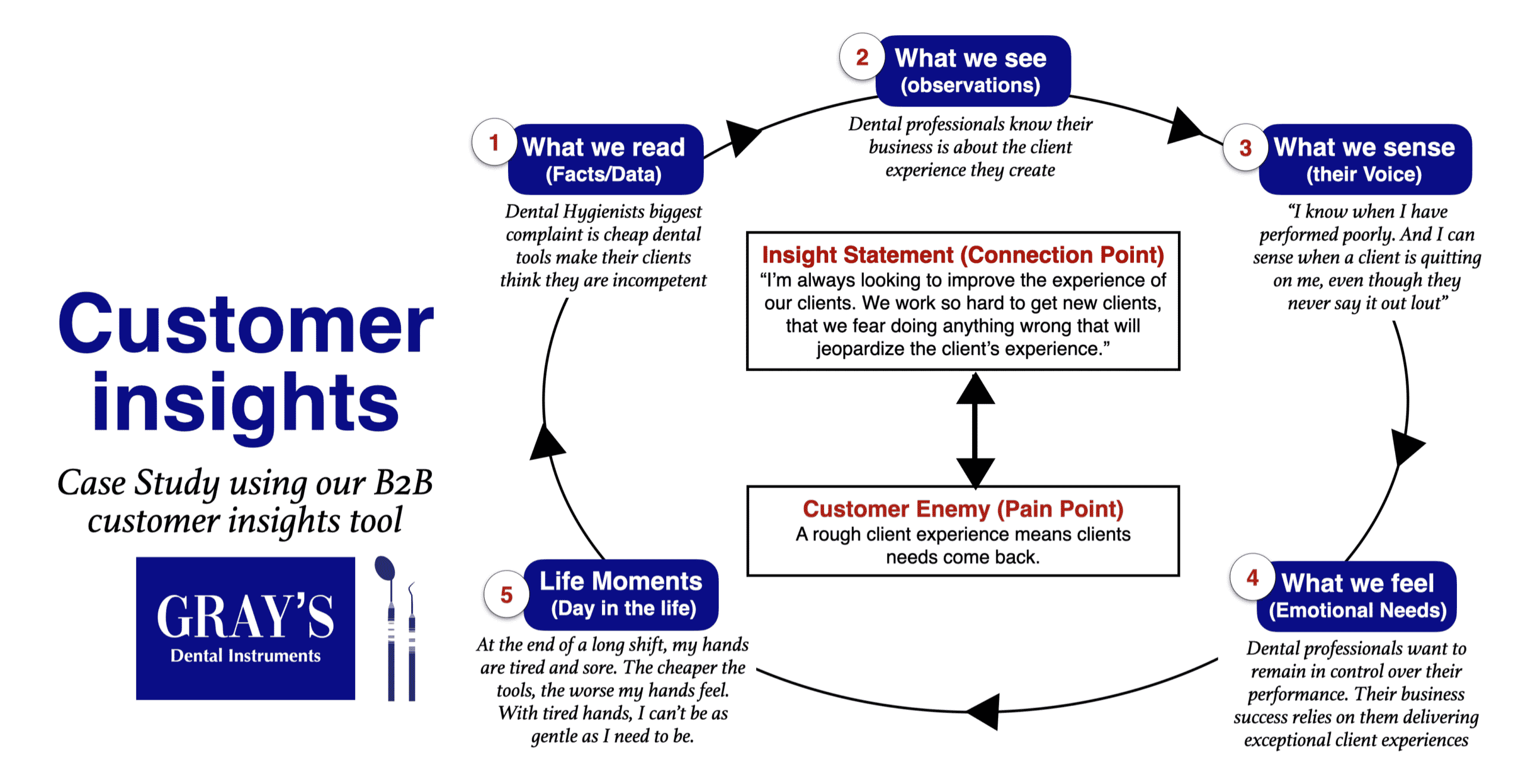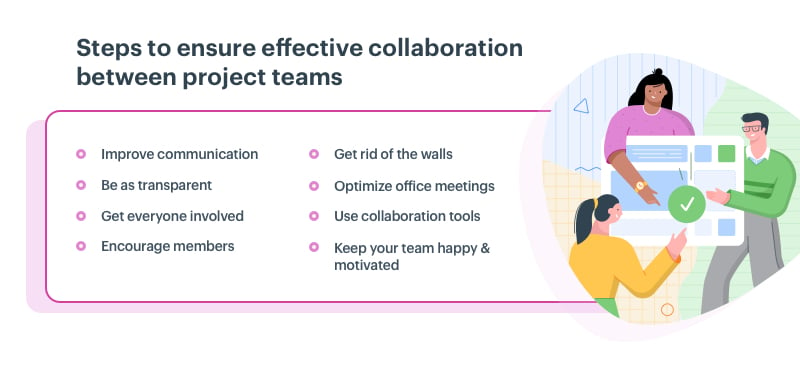
Welcome to the exciting world of SaaS where the concept of creating spaces is revolutionizing the way we approach software solutions. In this blog, we will delve into the innovative approach of creating spaces in SaaS and explore its impact on market research, project management, and user experience. From understanding the concept of creating spaces to leveraging it for consumer insights and project planning, we will uncover the potential of this paradigm shift in SaaS. With a focus on implementing creating spaces, measuring its effectiveness, and overcoming challenges, we will provide insights into the best practices and strategies for integrating creating spaces in SaaS products. Additionally, we will touch upon the ethical considerations of using creating spaces for market research and the future trends in creating spaces technology. Get ready to embark on a journey of discovery as we explore the new frontier of creating spaces in SaaS.
Understanding the Concept of Creating Spaces
So, you think you understand creating spaces in SaaS, huh? Well, let me tell you, it’s not just about finding an empty room and declaring it a ‘space’. No, no, my friend. Creating spaces in SaaS is all about setting up virtual environments for collaboration and innovation. It’s like being the architect of a digital playground, where teams can come together to work their magic. And let’s be real, who doesn’t want to be the mastermind behind a virtual wonderland?
Now, let’s talk about the benefits of creating spaces in market research. Picture this: you’re a market researcher, and you’ve been tasked with gathering insights from different demographics. Instead of drowning in a sea of data, creating spaces allows you to segment your research into distinct areas. It’s like having separate rooms for each group, where you can observe their behavior without them knowing. It’s like being a spy, but with ethical intentions. Plus, it’s a great way to keep things organized, because let’s face it, a messy research project is nobody’s idea of a good time.
Of course, with great power comes great responsibility, and creating spaces in SaaS is no exception. There are definitely challenges in implementing this concept, like determining the right balance between structure and flexibility. It’s like trying to build a maze that’s challenging but not impossible to navigate. You want to encourage creativity and collaboration, but you also need some order to prevent chaos. It’s a delicate dance, my friend, but once you find the sweet spot, creating spaces in SaaS can truly work wonders.
Implementing Creating Spaces in SaaS

Credits: wework.com
So you’ve decided to jump on the creating spaces bandwagon in your SaaS product. Congratulations! Now, before you go all gung-ho and start implementing creating spaces left and right, take a moment to consider the user experience. After all, creating spaces should be a seamless and enjoyable process for your users, not a headache-inducing nightmare. So, make sure to put yourself in your users’ shoes and think about how you can make creating spaces a fun and intuitive experience.
Now, let’s talk about the actual nitty-gritty of implementing creating spaces in your SaaS product. First things first, you need to come up with a solid strategy. How do you want creating spaces to fit into your overall product offering? What are the key features and functionalities you want to include? And most importantly, how will creating spaces enhance the user experience? Once you have a clear strategy in place, it’s time to roll up your sleeves and start integrating creating spaces into your product. This might involve working closely with your development team to ensure a smooth and seamless implementation.
And finally, don’t forget to measure the impact of creating spaces in your SaaS product. After all, you want to make sure that all the hard work you put into implementing creating spaces is actually paying off. So, track key metrics such as user engagement, collaboration rates, and overall user satisfaction. This will not only help you gauge the success of creating spaces but also provide valuable insights for future improvements. And remember, creating spaces is an ongoing process, so don’t be afraid to iterate and evolve based on the data you collect.
Leveraging Creating Spaces for Market Research

Credits: beloved-brands.com
So you’re tired of the same old market research methods, huh? Well, say hello to creating spaces! This revolutionary approach allows you to really get into the minds of consumers and understand their preferences in a whole new way. No more boring surveys and focus groups – creating spaces lets you immerse yourself in the consumer experience, giving you insights that you never even knew were possible. It’s like stepping into a whole new world of market research!
Gone are the days of struggling to collect relevant data – creating spaces makes it easy peasy. With this approach, you can gather a wealth of information without even breaking a sweat. Whether it’s through interactive online platforms or physical pop-up spaces, creating spaces allows you to capture consumer behaviors and preferences like never before. It’s like having a secret spy in the consumer world, gathering all the juicy details without anyone even realizing it. Who knew market research could be this fun and sneaky?
And let’s not forget about qualitative research – creating spaces takes it to a whole new level. Say goodbye to boring, drawn-out interviews and hello to immersive, in-depth experiences. This approach allows you to really get to the heart of consumer emotions and motivations, giving you a deeper understanding of their thoughts and behaviors. It’s like stepping into the shoes of your target audience and experiencing their world firsthand. With creating spaces, qualitative research has never been so engaging and insightful!
The Role of Creating Spaces in Project Management

Credits: kissflow.com
So, picture this: you’re trying to manage a project with a team spread out across different time zones. It’s like herding cats, am I right? But fear not, because creating spaces is here to save the day! By providing a virtual hub for your team to collaborate, you can finally corral those elusive felines and get everyone on the same page. It’s like magic, but without the wands and spells.
Now, let’s talk about project planning. You know how it goes – you’re trying to map out timelines, allocate resources, and juggle a million other things at once. It’s enough to make anyone’s head spin. But with creating spaces, you can bring order to the chaos. With dedicated areas for task lists, timelines, and progress updates, you can finally make sense of the madness. It’s like having your own personal project planning genie, ready to grant your every wish (well, almost every wish).
And last but not least, let’s not forget about managing remote teams. It’s a whole different ball game when your team is scattered across the globe. But with creating spaces, distance is no longer an obstacle. You can foster a sense of camaraderie and keep everyone in the loop, no matter where they are. It’s like having a virtual water cooler where everyone can gather and shoot the breeze, even if they’re thousands of miles apart. Who knew creating spaces could be the ultimate team-building tool?
Innovative Approaches to Creating Spaces in SaaS
So, you thought creating spaces in SaaS was just about arranging pixels on a screen, huh? Well, think again! With the latest AI-driven solutions, creating spaces has become a whole new ball game. We’re talking about algorithms that can predict user behavior and adapt the space in real-time. It’s like having a virtual interior designer who can read your mind (or at least your mouse clicks) and rearrange the digital furniture accordingly. Who knew that creating spaces could be so high-tech?
And if that wasn’t enough to blow your mind, we’ve also got virtual reality stepping into the ring. That’s right, VR isn’t just for gaming anymore. Now, you can step into a virtual space and experience it as if you were really there. It’s like The Matrix, but with less dodging bullets and more designing interfaces. Who wouldn’t want to put on a headset and feel like they’re walking through their very own digital domain? Creating spaces has never been so immersive!
But wait, there’s more! Creating adaptive spaces for diverse user groups is the cherry on top of this SaaS sundae. No longer are we limited to one-size-fits-all interfaces. Now, we can tailor the space to accommodate different needs and preferences. It’s like having a customizable workspace that can morph and change to suit whoever happens to be using it. Creating spaces has truly entered the era of personalization and inclusivity. Who would have thought that SaaS could be so accommodating?
Measuring the Effectiveness of Creating Spaces
Measuring the effectiveness of creating spaces is like trying to measure the impact of a new couch in a living room – you can’t really quantify the comfort and coziness it brings, but you know it’s there. Similarly, in the SaaS world, creating spaces is all about enhancing the user experience and fostering collaboration, but putting a number on it is like trying to measure the exact number of laughs at a comedy show – you just can’t. However, we can still look at key performance indicators like user engagement, feedback, and ROI to get a sense of how effective creating spaces really is.
When it comes to user engagement, it’s not as simple as counting the number of clicks or views. It’s more about understanding how users interact within the created spaces – are they actively participating in discussions, sharing ideas, and collaborating with their peers? It’s like trying to measure the excitement at a party – you can’t just count the number of people, you have to see how they’re mingling, dancing, and having a good time. Similarly, in SaaS, we have to look at the quality of interactions within the created spaces to truly measure their effectiveness.
And finally, the ROI of creating spaces in SaaS is like trying to measure the return on investment of a community garden – you can’t just look at the financial gains, you have to consider the social and environmental impact as well. Similarly, in SaaS, the ROI of creating spaces goes beyond just dollars and cents. It’s about the long-term benefits of improved user engagement, collaboration, and innovation that ultimately contribute to the success of the platform.
Overcoming Challenges in Implementing Creating Spaces
So, you want to implement creating spaces, huh? Well, get ready to address the security concerns that come with it. It’s like trying to keep your secret stash of cookies safe from the cookie monster. You’ll need to put up firewalls, encryption, and other security measures to ensure that your creating spaces are protected from any unwanted guests. Just think of it as creating a force field around your precious virtual spaces!
And let’s not forget about managing the scalability of creating spaces solutions. It’s like trying to fit all your clothes into a tiny suitcase – it’s a real challenge! You’ll need to constantly monitor and adjust your creating spaces to accommodate the growing demands of your users. It’s like playing a game of virtual Tetris, trying to find the perfect fit for all your creating spaces components. But hey, once you figure it out, it’s like unlocking a new level of creating spaces mastery!
Last but not least, you’ll have to deal with resistance to change in creating spaces adoption. It’s like trying to convince your grandma to switch from her old flip phone to a smartphone – not an easy task! Some people just don’t like change, and convincing them to embrace creating spaces can be a real uphill battle. But hey, with a little patience, persuasion, and maybe a sprinkle of magic, you can help them see the light and embrace the wonderful world of creating spaces!
Creating Spaces: A Paradigm Shift in SaaS
So, you thought SaaS was just about software? Think again! With the new approach of creating spaces, SaaS is taking on a whole new dimension. No longer confined to the virtual world, creating spaces is all about giving users a tangible, physical space to interact with their software. It’s like stepping into a whole new realm of productivity, except this time, you’re not just clicking buttons on a screen, you’re actually walking through the virtual corridors of your software!
Imagine logging into your SaaS platform and finding yourself in a virtual office space, complete with desks, chairs, and maybe even a water cooler for those virtual office chit-chats. Suddenly, collaborating with your team doesn’t feel so distant anymore. You can literally walk over to your colleague’s desk and have a virtual face-to-face discussion about the latest project. It’s like The Sims meets Microsoft Office, and it’s as bizarrely entertaining as it sounds!
But let’s not get too carried away with the virtual office space. Creating spaces in SaaS is not just about the novelty of a virtual world. It’s about redefining user experience and making software more intuitive and engaging. By creating spaces, SaaS providers are breaking free from the traditional constraints of a flat, two-dimensional interface and giving users a more immersive and interactive environment to work in. Who knew that the future of SaaS could be so… spatial?
Ethical Considerations in Creating Spaces for Market Research
When it comes to creating spaces for market research, it’s important to remember that privacy is key. After all, no one wants their personal data floating around in the digital abyss. So, before you start creating spaces for data collection, make sure you’re taking the necessary steps to protect the privacy of your participants. Think of it as creating a cozy little bubble for their information to hang out in, away from prying eyes.
Informed consent is another crucial aspect of creating spaces for market research. You wouldn’t want someone barging into your personal space without asking, would you? So, before you start collecting data, be sure to get the green light from your participants. It’s like knocking on the door before entering someone’s house – it’s just common courtesy. By ensuring informed consent, you’re creating a respectful and considerate space for your participants to share their thoughts and opinions.
Last but not least, let’s talk about the ethical use of creating spaces for behavioral analysis. Just because you’ve created a space for data collection doesn’t mean you can go wild with it. It’s important to use this information ethically and responsibly. Think of it as being a good neighbor – you wouldn’t blast loud music at 2 am, would you? So, when analyzing behavioral data, be mindful of the impact it can have on your participants. By approaching it with ethics in mind, you’re creating a safe and respectful space for everyone involved.
At adilshaikh.in, we understand the challenges and opportunities in the fields of SaaS, market research, and project management. Our professional insights and success stories provide valuable resources for professionals seeking to navigate and excel in these industries. With candid communication and a window into our professional world, we offer a unique perspective and a platform for connection. Whether you’re looking to stay updated on industry trends, gain practical tips, or connect with like-minded individuals, adilshaikh.in is your go-to destination for all things related to SaaS, market research, and project management. Let’s connect and explore this space together!
Frequently Asked Questions
1. What is SaaS?
SaaS stands for Software as a Service. It is a software distribution model in which applications are hosted by a third-party provider and made available to customers over the internet.
2. How is SaaS different from traditional software?
SaaS eliminates the need for organizations to install and run applications on their own computers or in their own data centers. Instead, the software can be accessed via the internet.
3. What are the benefits of SaaS for businesses?
SaaS offers cost savings, scalability, automatic updates, accessibility, and flexibility for businesses. It also reduces the need for in-house IT staff and infrastructure.
4. How can SaaS help with creating spaces?
SaaS can provide tools and platforms that enable businesses to create virtual or digital spaces for collaboration, communication, project management, and more. It allows for efficient and effective space creation and management.
5. What are some best practices for implementing SaaS for creating spaces?
Best practices include choosing the right SaaS provider, ensuring data security and compliance, training employees on how to use the SaaS tools effectively, and regularly evaluating and optimizing the use of SaaS for creating spaces.
“Creating Spaces: A New Approach in SaaS” explores the concept, implementation, and benefits of creating collaborative spaces in SaaS products. The blog delves into leveraging creating spaces for market research, project management, and innovative approaches in SaaS. It also addresses challenges, ethical considerations, and future trends in creating spaces technology.
Comments are closed